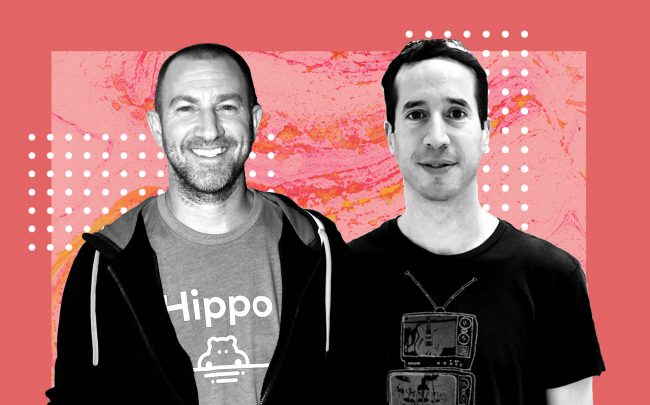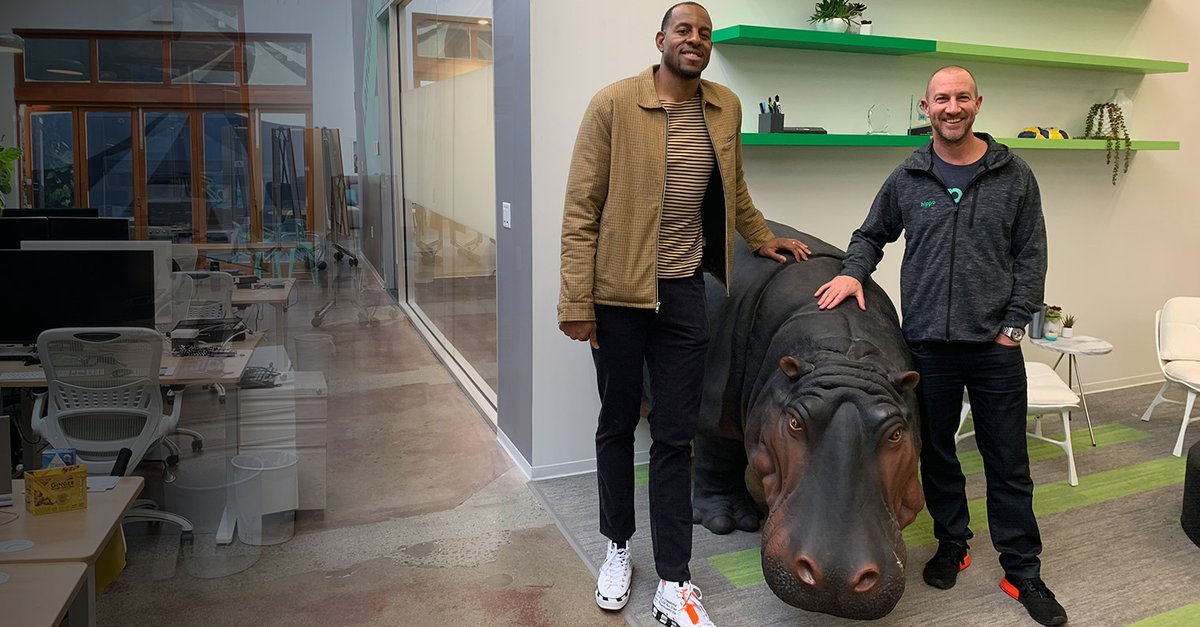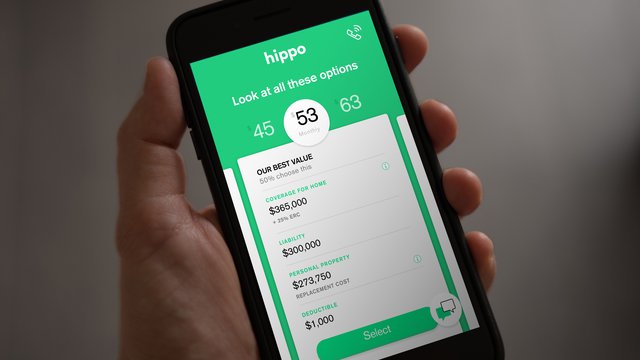For us to be able to comprehend the situation, we need to understand 4 very basic valuation matrixes
(1) Trailing EPS
(2) Forward EPS
(3) Trailing PE
(4) Forward PE
Formula
EPS = Profit After Tax / Number of outstanding Shares
PE = Market Price / EPS (2/n)
So what's a trailing EPS?
So in March 2020, RIL generated a Profit after tax (PAT) of 39,354 cr. The number of outstanding shares of RIL is some 676.21 cr. which means the 39,354 cr of PAT belongs to the 676.21 cr. shareholders, right? (3/n)
That also means that per share, RIL earned Rs. 58.20 (39,354/676.21). This 58.20 is called the trailing (TTM) EPS. Trailing means past, already done. (4/n)
So RIL earns 58.20 rupees per share but you pay 58.20 * 33.16 = 1930, 33.16 times more to buy 1 share from the market, that 33.16 is called the Price/Earnings (PE) ratio. This is again trailing as 58.20 EPS is trailing. (5/n)
33.16 PE may be looked at as taking 33.16 years to receive your investment back assuming the company keeps earning 58.20 each year (58.20 * 33.16 = 1930). But what if the company earns more than 58.20? (6/n)
So let's say, next year the company is expected to earn 20% more say 70 rupees (58.20 + 20%) per share as earning (EPS), then automatically, you start thinking that from next year's perspective the PE is cheaper. How? (7/n)
How? If next year's EPS (expected) is 70 per share and you are paying 1930 to buy the share, next year if 70 is actually the EPS (because earnings grew at 20%), the PE will become 1930/70 = 27.58 from the 33.16 you feel today. (8/n)
Which means in a company, which is expected to increase the earnings (EPS), will automatically have a lower PE the next year. This 70 projected EPS is called forward EPS and 27.58 is called forward PE. Generally good companies, increase their earnings year on year (9/n)
So you are buying RIL at 33.16 PE today, assuming the EPS will move from 58 to 70 and hence from the next year perspective, the PE (forward PE) you are paying is only 27.58. (10/n)
Now, like a stock has a PE and EPS (trailing & forward) Index also has it. Nifty trailing PE is 40 and trailing EPS is 365 (14600/40) (11/n)
How is Nifty’s PE & EPS calculated?
Nifty’s PE & EPS (trailing or forward) will be the weighted average PE & EPS of the 50 stocks the index is made up of. So if one stocks PE exponentially increases it has an increased impact on the nifty PE and vice versa (even for EPS) (12/n)
Nifty’s forward EPS is expected to be 461.9 for FY 21 and hence next year's PE is expected to be 31.61 (14600/461.9) vs the current 40 we see today. This is said as “Nifty is currently trading at 31.61 times 1-year forward EPS” (13/n)
Nifty’s FY22 expected EPS is 616 and hence FY22 PE is expected to be 23.70 (14600/616) and Nifty’s FY23 expected EPS is 723.8 and hence FY23 PE is expected to be 20.17 (14600/723.8) (14/n)
10 years average PE of Nifty is 19.9 and hence when FY23 PE is expected to be 20.17, analysts say Nifty is discounting FY23 earnings. Important here to also note is that Nifty is trading at 59% premium to FY21 EPS (31.61-19.9/19.9) (15/n)
The current PE is high at 40 because the earnings (EPS) has fallen drastically in the last 2 quarters due to COVID but prices have not and can look cheaper tomorrow ONLY if earnings pick up, like I have explained above (16/n)
But imagine if the forward expected EPS (earnings) does not come through? Today RILs PE is 33.16 because of 58.20 as EPS, you were expecting 70 as EPS and hence forward PE as 27.58 and hence buying it but the EPS next year comes at 60? (17/n)
Which means PE then would be 32.2 (1930/60) vs your expectations of 27.58 and hence it will suddenly start looking expensive again and might see selling pressure. (18/n)
Which is y it is said that stocks adjust back 2 the earnings. Today stocks r going ⬆️ bcoz of lower $ fuelling liquidity, lower % globally but
@ some point earnings will have 2 support the valuations, if it does nt, PE will start looking expensive & that can trigger 🔽 in stock
So, keep an eye on the earning season over the next 2-3 quarters as it's the single most important factor to monitor which can move stock prices once the easily liquidity slows down. (20/21)
Hope the thread added value :) Hit the 're-tweet' and help us reach more investors. We have written multiple similar educative threads on personal finance. You can find them as a pinned tweet on my profile or click the link below (**END**)
https://t.co/tBHgTH0Dl4










